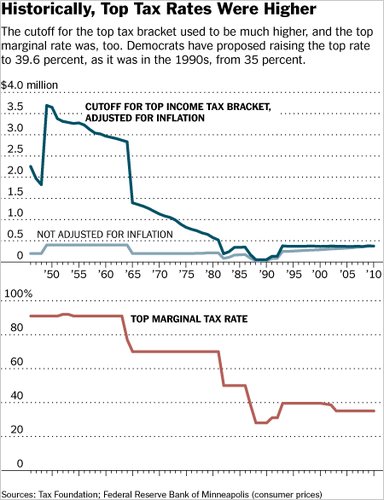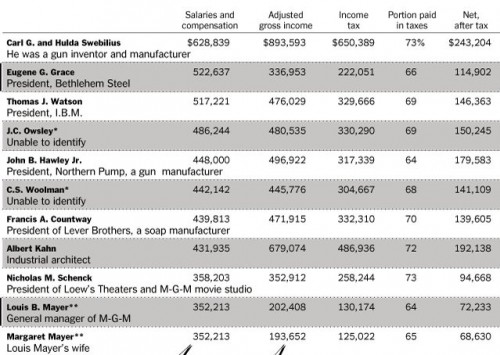
Religious people around the world express their devotion to God(s) in widely disparate ways. When children are raised in a particular religious institution, then, it is not enough to believe; they must also learn how to worship as others around them do.
The amazing one-minute video below shows Ava Grace, a child of about two, at Ignited Church in Lakeland, Florida (source). The clip beautifully illustrates the socialization of children into particular kinds of worship. With hand motions, body movements, and facial expressions, this child is doing a wonderful job learning the culturally-specific rules guiding the performance of devotion.
See also: The Evangelical Habitus. Via Blame it on the Voices.
Lisa Wade, PhD is an Associate Professor at Tulane University. She is the author of American Hookup, a book about college sexual culture; a textbook about gender; and a forthcoming introductory text: Terrible Magnificent Sociology. You can follow her on Twitter and Instagram.






















